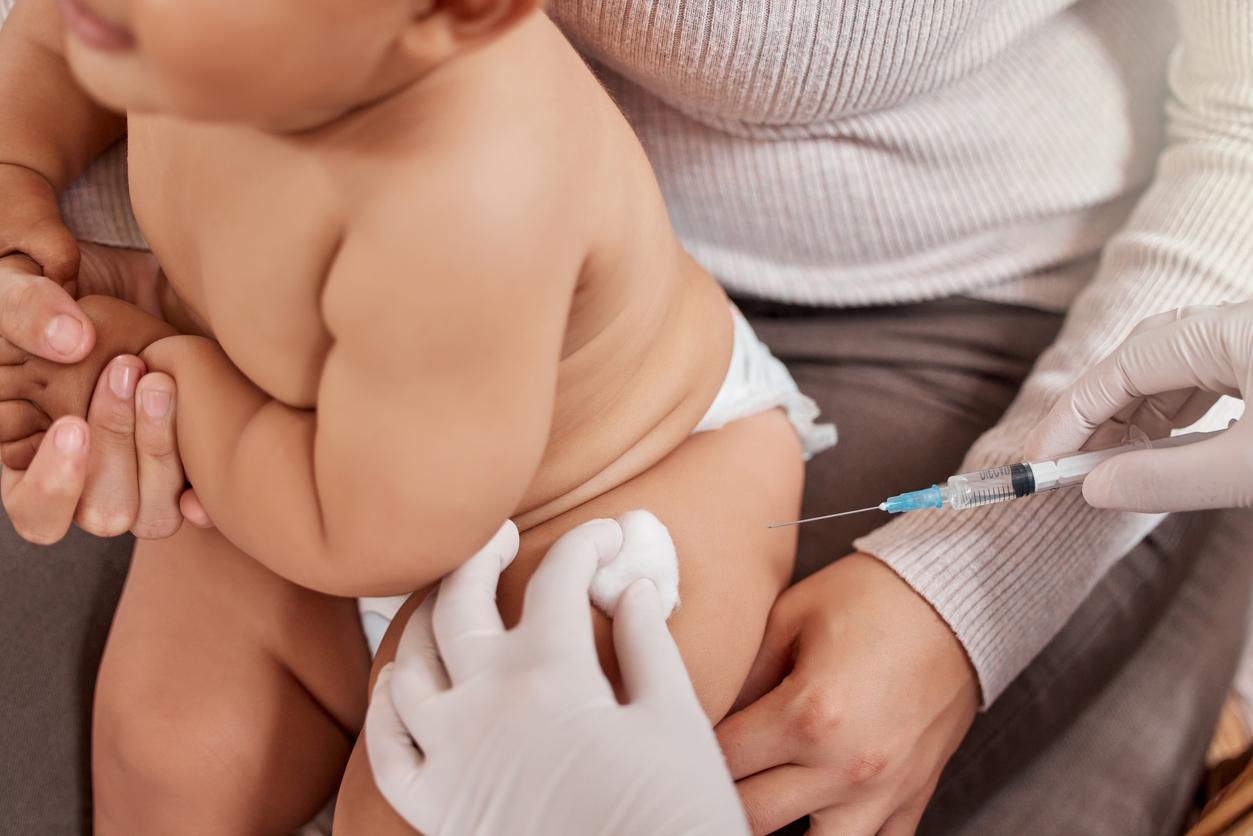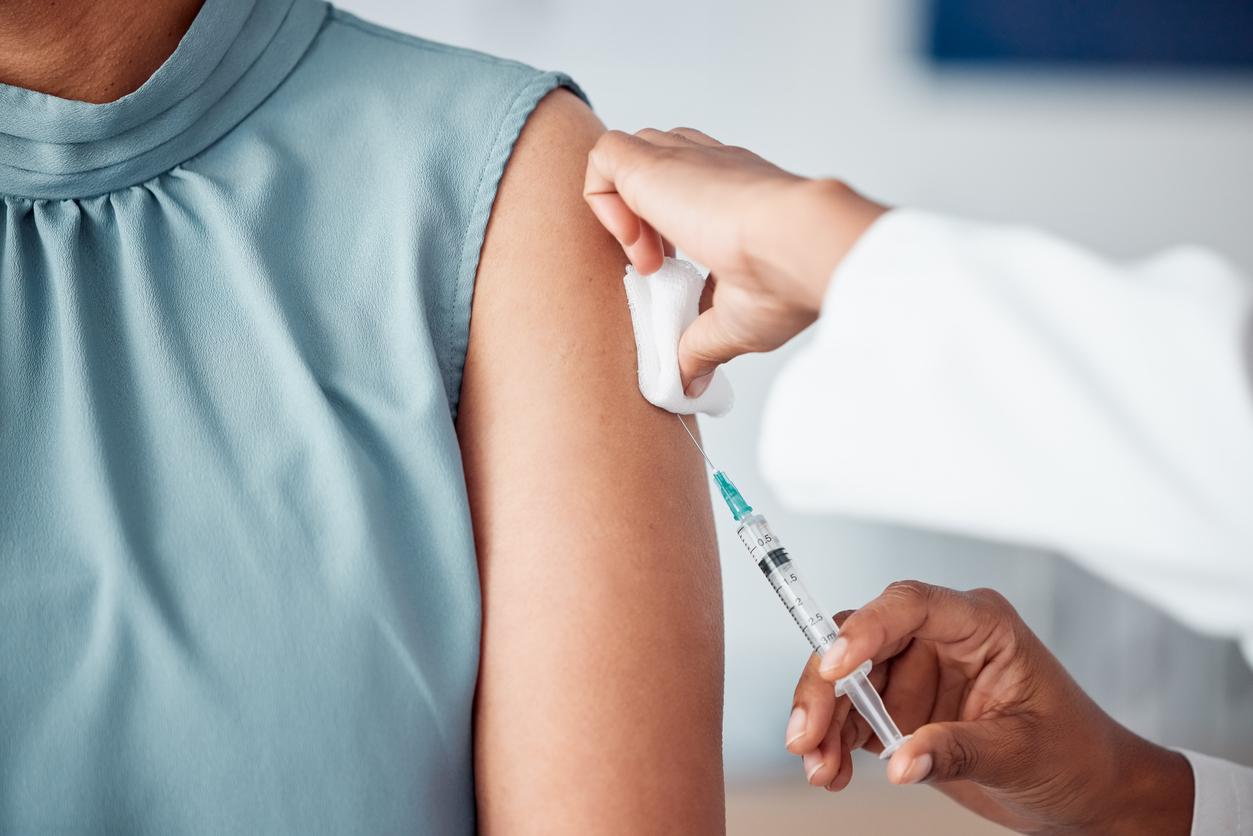Between October and December 2016, two students from the University of Bourgogne-Franche-Comté died due to a meningococcal meningitis – one of them was a young woman aged 20, a 3rd year law student.
“The occurrence over a period of two months, of three cases within the student community, in young adults of the same age group, holds the attention of the health authorities”, then indicated the Regional Health Agency ( ARS) who immediately “proceeded to search for people who had close and repeated contact with the students”, to recommend “antibiotic prophylaxis and vaccination.” “
This Friday, December 30, 2016, the ARS therefore announced “an expanded vaccination campaign” in the student community of Dijon (Côte D’Or). The health authorities claim to have identified 48 people “having had close and repeated contact with the deceased student”. The vaccination campaign will start in January 2017 and “will be organized in stages”.
The culprit: Neisseria meningitidis
Meningitis is an inflammation of the meninges, the envelopes of the spinal cord and the brain in which cerebrospinal fluid circulates. When the disease is caused by the bacteria Neisseria meningitidis, it is a meningococcal meningitis: the mortality rate is about 10% and the epidemic potential is high. This bacteria is easily transmitted by direct and prolonged contact (over an hour) with secretions from the nose and throat.
Meningococcal meningitis usually occurs in infancy (before the age of five) and in young adults (before twenty-five) and combines an infectious syndrome (fever, severe headache, vomiting) and a syndrome meningeal (stiff neck, lethargy, disturbances of consciousness, even coma). In 2015, 469 cases and 53 deaths were recorded, according to the National Institute for Public Health Surveillance (InVs).
















